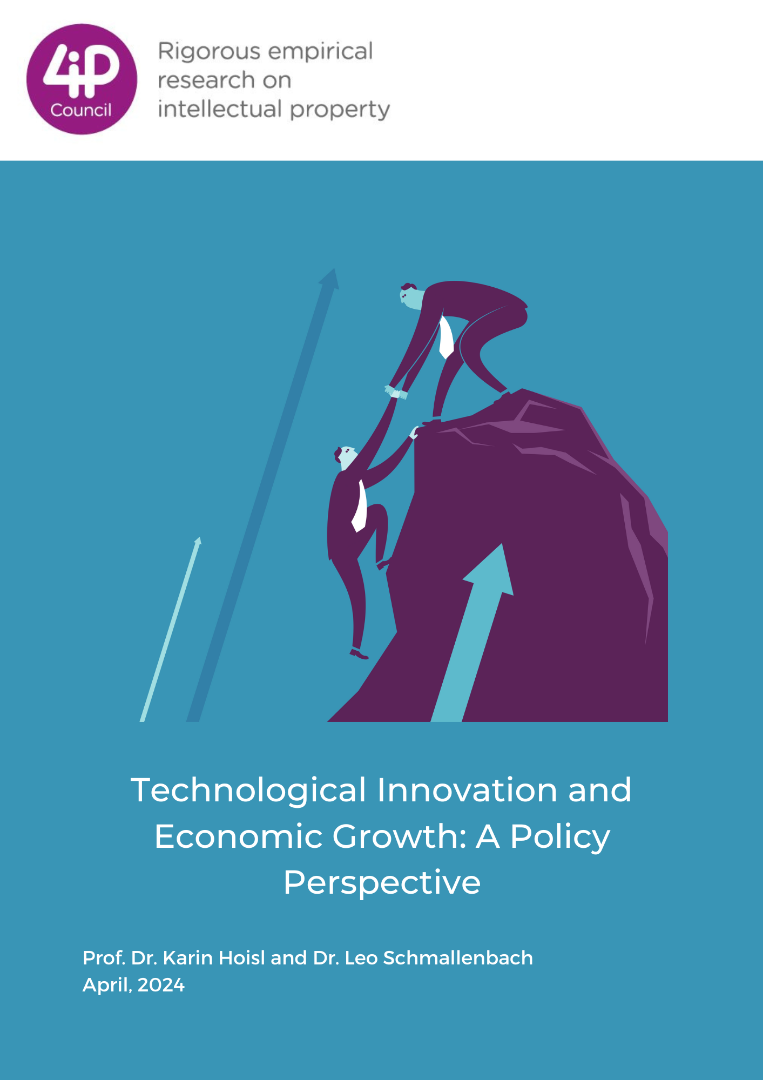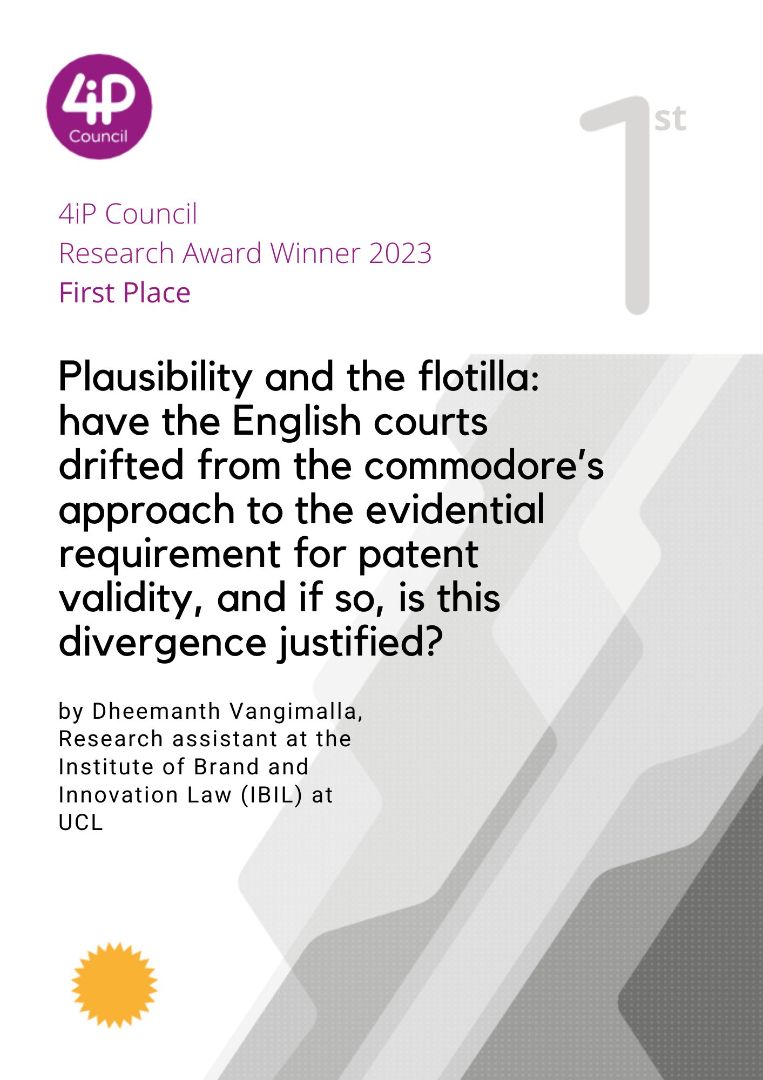Executive Summary
Technological Innovation and Economic Growth: A Policy Perspective
This research report examines the critical role of technological innovation as a fundamental driver of a nation's economic growth, with a particular focus on the influence of intellectual property rights (IPR). It assesses the dynamics between innovation and economic prosperity and provides insights into existing policy instruments that promote investment in research and development (R&D) and IPR. The research covers OECD countries and China and all technological areas, with a closer look at Germany, France, and the Netherlands, as opposed to the U.S. and China, as well as sustainable technologies and artificial intelligence.
Key Insights
- Innovation as an Economic Catalyst: The research reaffirms the critical contribution of technological innovation to economic growth, which is anchored in endogenous growth theory. It positions research and development (R&D) as central to the economic progress of countries.
- The Role of IPR: IPR emerge as critical elements in protecting and incentivizing innovation. However, the report touches on the ongoing debate about the optimal use of intellectual property rights to promote technological progress.
- Policy Instruments: The study provides a thorough examination of various policy instruments designed to stimulate investment in R&D and IPR. It identifies a range of direct incentives, such as tax credits and grants, and indirect incentives, such as regulatory reforms and infrastructure development, as effective means of promoting innovation.
- Empirical Findings: A comprehensive empirical analysis of 36 OECD countries and China over the period 2000 to 2021 examines the relationship between technological innovation and economic growth. The study pays special attention to sustainable technologies and artificial intelligence (AI) as key sectors with significant implications for future competitiveness and growth.
- Quality vs. Value: A key finding of the analysis is the critical role of patent value - not just patent quantity – in driving economic growth.
Economic and Policy Implications
- Economic Contributions of IPR-intensive Industries: The significant impact of IPR-intensive sectors on GDP, employment, and trade within the EU and the U.S. underscores the value of technological leadership.
- Innovation-Growth Causality: The report discusses a two-sided causality between technological innovation and economic growth, suggesting that a thriving economy stimulates further innovation, and vice versa.
Strategic Recommendations
- Nuanced Policymaking: The findings advocate for a nuanced approach to policymaking that not only incentivizes R&D investments but also emphasizes the value and impact of patented inventions.
- Fostering Competitiveness in Key Technologies: To maintain competitive, especially in AI and sustainable technologies, Europe is encouraged to create an innovation-friendly environment that goes beyond policy instruments to stimulate investment in R&D and IPR. It should rather promote high-quality research and development, enable cross-border cooperation, and be inspired by successful models from countries that are leaders in the two key technologies such as the Nordic countries.
Conclusion
Technological innovation, underpinned by robust policy support and a strong IPR framework, is fundamental to driving economic growth. However, policy instruments alone will not be enough, as the most effective instruments, such as tax incentives, are offered by almost all countries, making it impossible to differentiate. To ensure sustainable competitiveness in the rapidly evolving landscape of AI and sustainable technologies and other key technologies, policy instruments need to prioritize high-value innovation and be combined with other means, such as international cooperation or an innovation-friendly culture.






